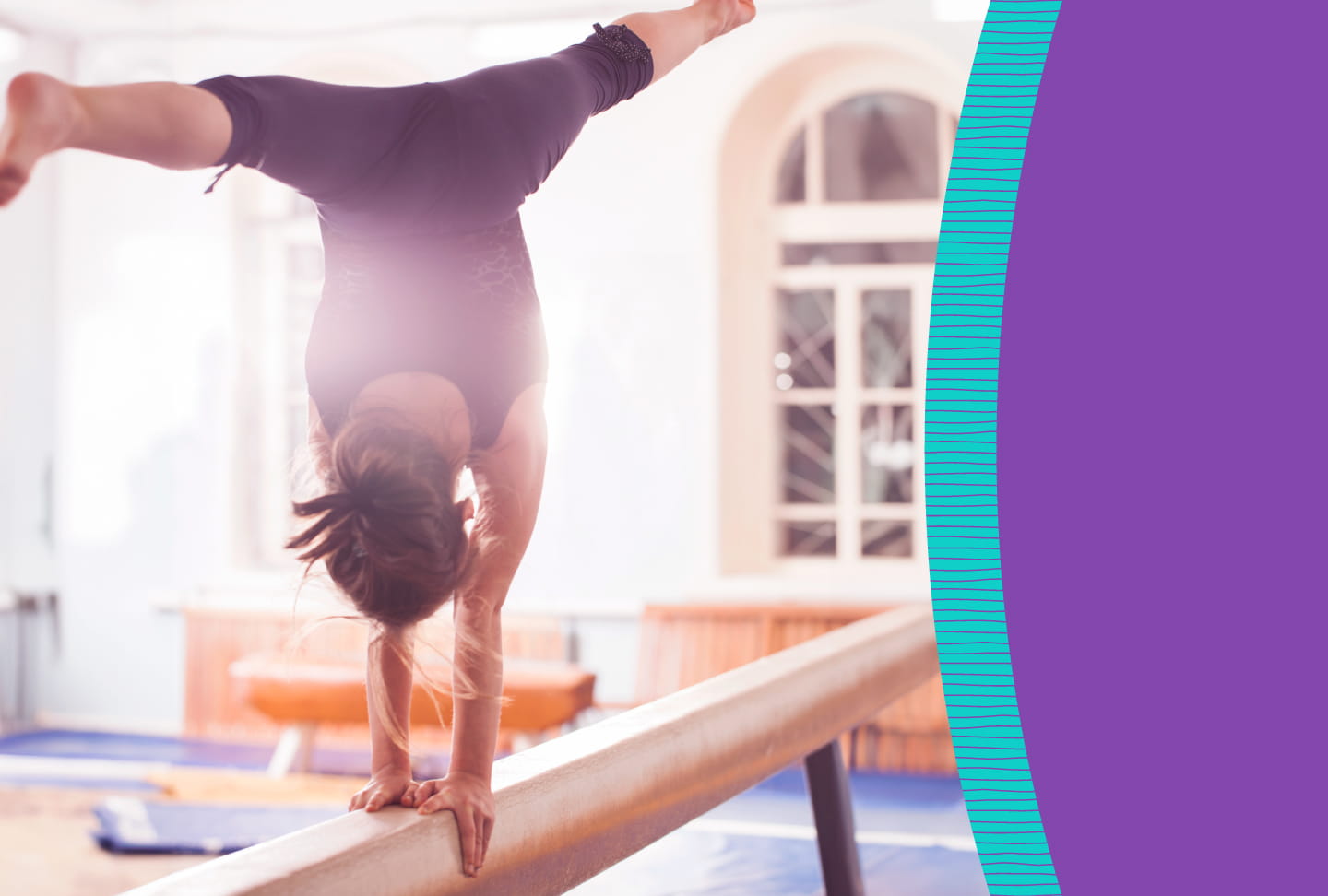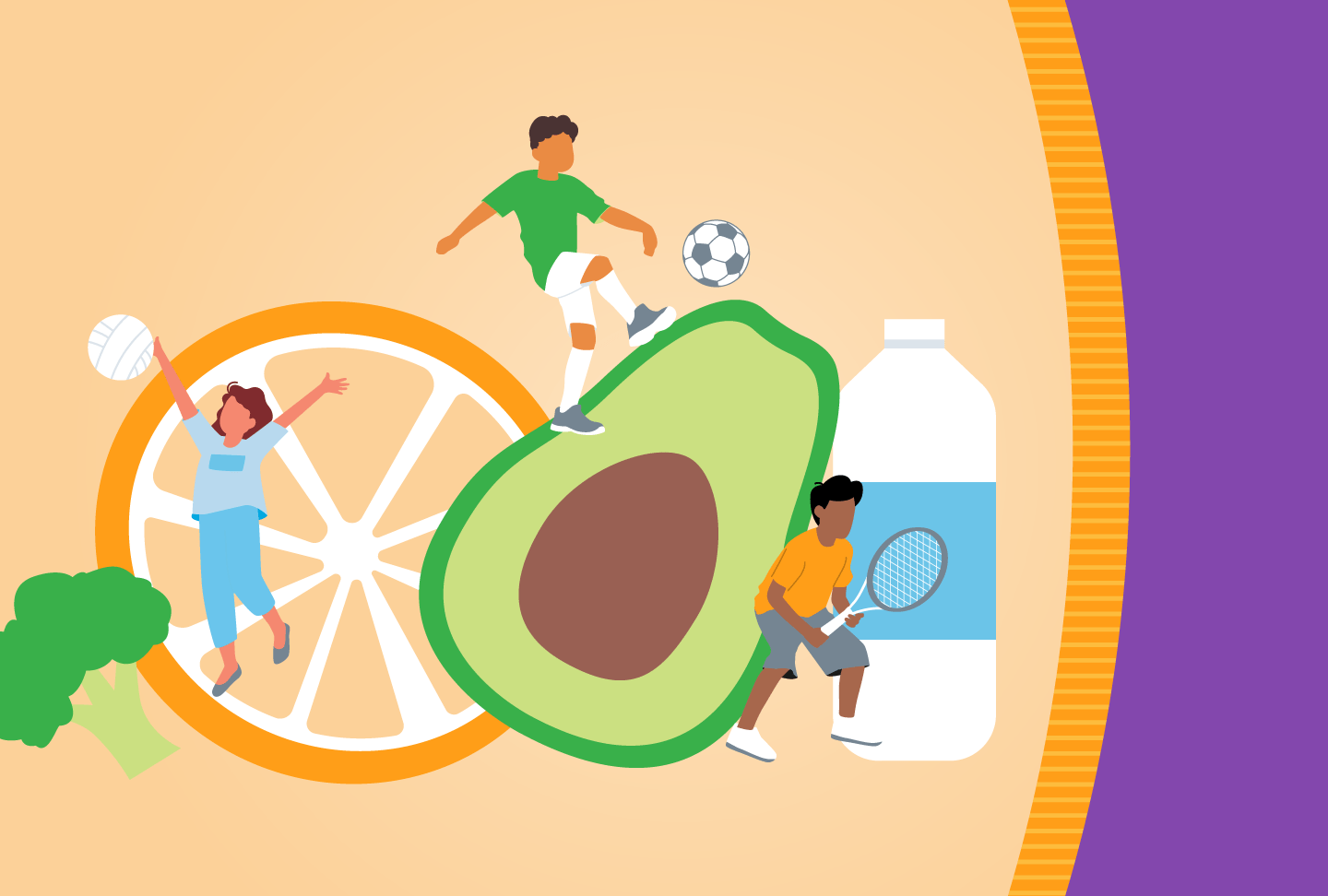Gymnast’s wrist is a common overuse injury often seen in young gymnasts due to the repetitive high impact stresses put on the wrist during tumbling and vaulting. This injury is caused by irritation and inflammation to the growth plate at the end of the radius (the forearm bone on the thumb side of the wrist). Growth plates are often the site of injury in children and adolescents as they are made of cartilage, which is softer and weaker than the mature bone or ligaments around them.
Studies have shown that up to 88% of young gymnasts complain of wrist pain, with nearly half complaining of pain that lasts more than six months. If identified early, gymnast’s wrist responds wonderfully to nonoperative treatment. If there is a significant delay to treatment, it often requires lengthy immobilization and physical therapy.
How does gymnast’s wrist occur?
Unlike other sports, gymnasts bear weight on their upper extremities and can transmit up to 16 times their body weight through their wrists during tumbling and vaulting. This repetitive high impact microtrauma leads to inflammation of the radial growth plate. This inflammation eventually causes damage to the growth plate that can be seen on X-rays as irregular bone edges, scarring or widening at the radial growth plate.
If not treated appropriately, gymnast’s wrist can lead to premature closure of the radial growth plate, causing the radius to be shorter than the ulna. This resulting asymmetry in length of the two forearm bones results in uneven stress distribution at the wrist with impact activities, which leads to chronic pain, stiffness and difficulty competing in gymnastics.
What are the symptoms of gymnast’s wrist?
Patients experiencing gymnast’s wrist will feel pain, often described as aching, at the top of the wrist when they do an impact activity like tumbling. The pain usually starts gradually over a few weeks or months, typically when the patient has increased their physical activity or is trying a new activity.
“The patient may initially only feel the pain when they’re doing gymnastics, but it often progresses to bother them in daily life,” said Wellstar Sports Medicine Physician Dr. Steven Schulenborg. “They may have swelling and a decreased range of motion in their wrist.”
How is gymnast’s wrist treated?
To remove stress from the growth plate and give it time to heal, providers will put the patient’s wrist in a brace or cast and recommend they avoid impact activities. Depending on the severity of the symptoms, treatment can take between six weeks and four or five months.
The team at Wellstar Pediatric Orthopedics is skilled in treating bone and joint conditions like gymnast’s wrist. To find a provider or make an appointment, visit our pediatric orthopedics page or call (404) 321-9900.




